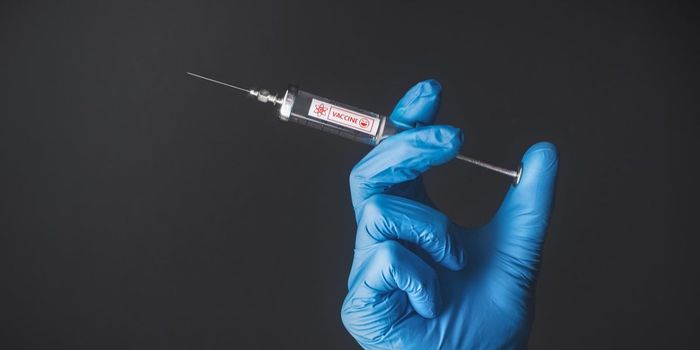The Role of Stem Cells in Drug Discovery
Stem cells are undifferentiated cells with the unique ability to differentiate into various cell types and self-renew. In theory, if the experiment was conducted properly, a stem cell could replace any cell in the human body - or any living cellular being. These properties have made stem cells invaluable in the fields of drug discovery and regenerative medicine.
What is disease modeling? Disease modeling is when scientists recreate a disease pheotype in a dish, and observe how the cells behave, test the effectiveness candidates, and gain insights into the molecular pathways involved. This disease modeling approach enables a better understanding of diseases at the cellular level and aids in the identification and validation of potential drug targets. Scientists do this by obtaining stem cells that can be derived from patients and reprogrammed into specific cell types affected by a particular disease. These patient-specific stem cells, known as induced pluripotent stem cells (iPSCs), provide researchers with an opportunity to study the underlying mechanisms of diseases in a controlled laboratory setting.
In addition to disease modeling, stem cells also play a significant role in drug screening and toxicity testing. Traditional drug discovery involves testing potential drug candidates on animal models, which may not always accurately represent human physiology and can be considered controversial in some cases. Stem cells offer a different approach and provide human-derived cells that closely resemble the target tissues or organs. These cells can be used in an ethical screening assay to assess the effectiveness and safety of various drug candidates without including animals with differing physiologies.
Stem cells play a crucial role in both understanding diseases and developing new treatments. Their versatility and regenerative potential offer promising avenues for addressing a wide range of medical conditions.
References:
https://www.thermofisher.com/us/en/home/life-science/disease-modeling.html
Rubin LL, Haston KM. Stem cell biology and drug discovery. BMC Biol. 2011;9:42. Published 2011 Jun 7. doi:10.1186/1741-7007-9-42








